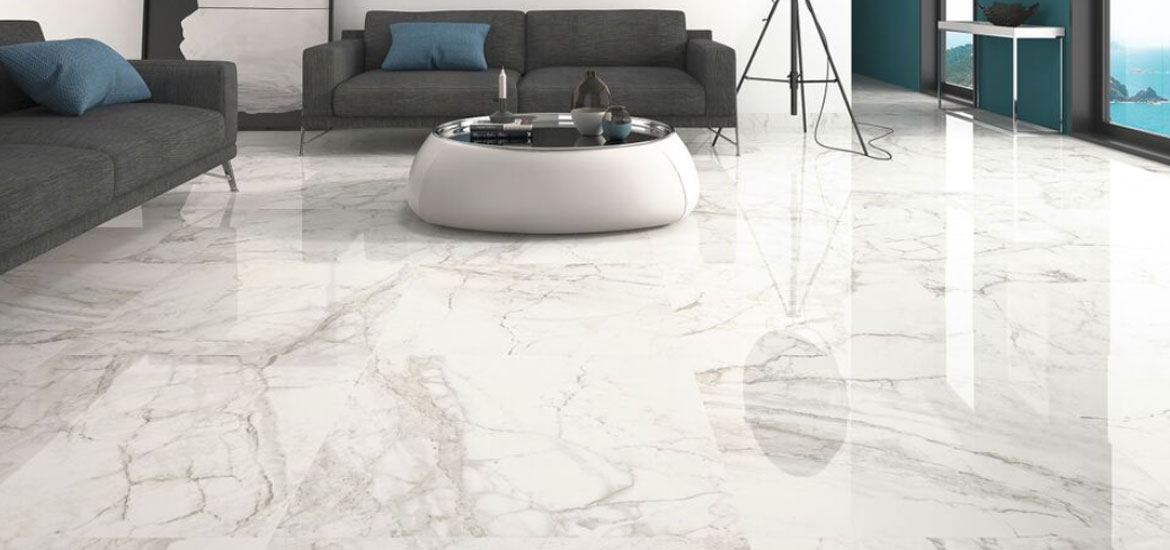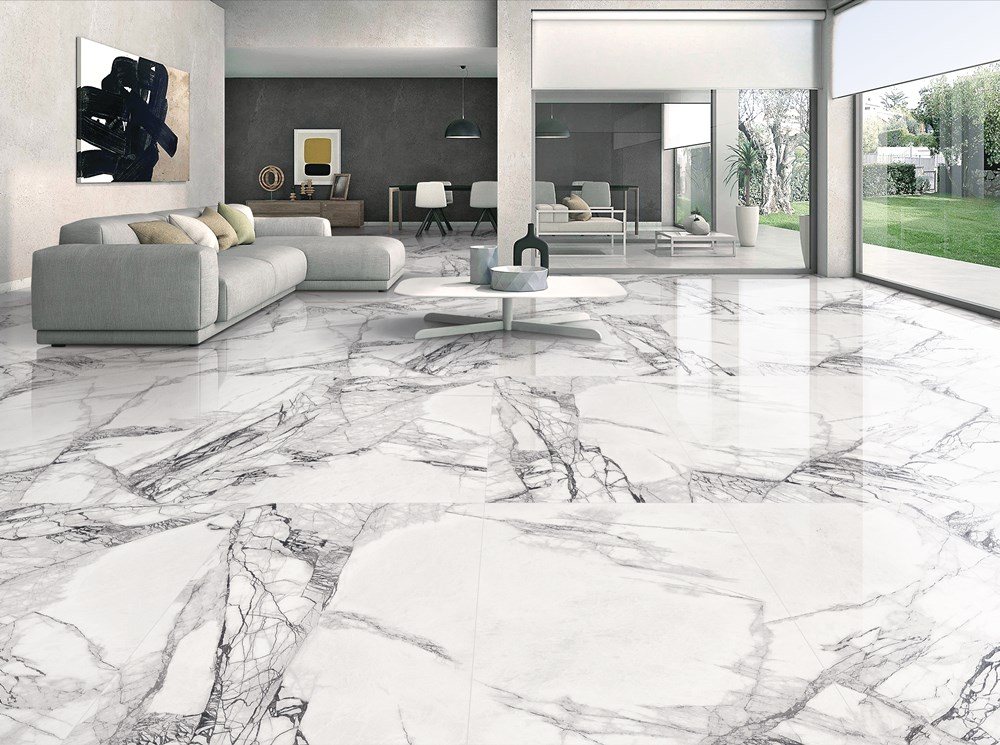Porcelain vs. Ceramic Tile: A Comprehensive Guide to Choosing the Perfect Flooring for Your Space
Introduction
When it comes to selecting flooring materials, tiles are a timeless and versatile choice that can elevate the aesthetics and functionality of any space. Among the myriad options available, porcelain and ceramic tiles stand out as two of the most popular choices. Both materials offer durability, beauty, and versatility, but they also have distinct characteristics that make them better suited for specific applications. Choosing between porcelain and ceramic tiles can be overwhelming, especially if you’re unsure about their differences and how they align with your needs.
In this comprehensive guide, we’ll delve into the key distinctions between porcelain and ceramic tiles, explore their pros and cons, and provide actionable tips to help you make an informed decision. Whether you’re renovating your home, designing a commercial space, or simply curious about these materials, this article will equip you with the knowledge you need to choose the best type of tile for your project.

Understanding Porcelain and Ceramic Tiles
What Are Porcelain Tiles?
Porcelain tiles are a type of ceramic tile, but they are made from a denser clay mixture and fired at higher temperatures. This manufacturing process results in a harder, more durable tile that is less porous and more resistant to moisture. Porcelain tiles are often used in areas with high foot traffic or exposure to water, such as bathrooms, kitchens, and outdoor spaces.
What Are Ceramic Tiles?
Ceramic tiles, on the other hand, are made from natural clay that is kiln-fired at lower temperatures. They are generally softer and more porous than porcelain tiles, making them easier to cut and install. Ceramic tiles are ideal for indoor use, particularly in low- to moderate-traffic areas like living rooms and bedrooms.
Key Differences Between Porcelain and Ceramic Tiles
1. Durability
- Porcelain Tiles: Known for their exceptional strength and durability, porcelain tiles are highly resistant to chipping, cracking, and wear. This makes them an excellent choice for high-traffic areas and commercial spaces.
- Ceramic Tiles: While ceramic tiles are durable, they are not as strong as porcelain tiles. They are more prone to chipping and cracking, especially under heavy loads or impact.
2. Water Absorption
- Porcelain Tiles: With a water absorption rate of less than 0.5%, porcelain tiles are virtually impervious to moisture. This characteristic makes them ideal for bathrooms, kitchens, and outdoor patios.
- Ceramic Tiles: Ceramic tiles have a higher water absorption rate, typically ranging from 3% to 7%. As a result, they are less suitable for areas exposed to water or humidity.
3. Installation
- Porcelain Tiles: Due to their density and hardness, porcelain tiles are more challenging to cut and install. They often require professional installation and specialized tools.
- Ceramic Tiles: Ceramic tiles are softer and easier to cut, making them more DIY-friendly. They can be installed by homeowners with basic tiling skills.
4. Cost
- Porcelain Tiles: Generally more expensive than ceramic tiles due to their superior quality and manufacturing process. However, their longevity and performance often justify the higher upfront cost.
- Ceramic Tiles: More affordable and budget-friendly, ceramic tiles are a great option for those looking to save money without compromising on style.
5. Design and Appearance
- Porcelain Tiles: Available in a wide range of designs, including wood, stone, and marble looks. Their dense composition allows for intricate patterns and textures.
- Ceramic Tiles: Offer vibrant colors and unique designs, but their surface may not be as detailed as porcelain tiles. They are perfect for adding a pop of color or artistic flair to a space.
Pros and Cons of Porcelain Tiles
Pros:
- Exceptional durability and resistance to wear
- Low water absorption rate, making them ideal for wet areas
- Versatile design options, including realistic imitations of natural materials
- Long-lasting and low-maintenance
Cons:
- Higher cost compared to ceramic tiles
- Difficult to cut and install, often requiring professional help
- Heavier and harder to work with during installation

Pros and Cons of Ceramic Tiles
Pros:
- Affordable and budget-friendly
- Easier to cut and install, making them DIY-friendly
- Available in a variety of vibrant colors and artistic designs
- Lightweight and easy to handle
Cons:
- Less durable and more prone to chipping and cracking
- Higher water absorption rate, limiting their use in wet areas
- Not suitable for high-traffic or heavy-use environments
How to Choose the Right Tile for Your Needs
Choosing between porcelain and ceramic tiles ultimately depends on your specific requirements and preferences. Here are some factors to consider:
1. Location
- High-Traffic Areas: Porcelain tiles are the best choice for spaces like hallways, entryways, and commercial settings due to their durability.
- Low-Traffic Areas: Ceramic tiles work well in bedrooms, living rooms, and other areas with minimal foot traffic.
2. Moisture Exposure
- Wet Areas: Porcelain tiles are ideal for bathrooms, kitchens, and outdoor spaces because of their low water absorption rate.
- Dry Areas: Ceramic tiles are suitable for living rooms, dining rooms, and other dry environments.
3. Budget
- If you’re working within a tight budget, ceramic tiles offer excellent value for money.
- For long-term investment and premium quality, porcelain tiles are worth the extra cost.
4. Installation Skills
- If you’re planning a DIY project, ceramic tiles are easier to handle and install.
- For complex installations or large-scale projects, hiring a professional to work with porcelain tiles may be necessary.
5. Aesthetic Preferences
- Consider the overall design and style of your space. Porcelain tiles offer a wide range of realistic textures, while ceramic tiles provide vibrant colors and artistic designs.
Tips for Maintaining Your Tiles
Regardless of whether you choose porcelain or ceramic tiles, proper maintenance is essential to ensure their longevity and appearance. Here are some tips:
- Regular Cleaning: Sweep or vacuum regularly to remove dirt and debris. Use a mild cleaning solution to mop the floor.
- Avoid Harsh Chemicals: Avoid using abrasive cleaners or harsh chemicals that can damage the tile surface or grout.
- Seal Grout Lines: Apply a grout sealer periodically to prevent stains and mold growth.
- Address Damage Promptly: Repair chips or cracks immediately to prevent further damage.

Conclusion
Choosing between porcelain and ceramic tiles is a decision that requires careful consideration of your needs, budget, and aesthetic preferences. Porcelain tiles excel in durability, moisture resistance, and versatility, making them ideal for high-traffic and wet areas. On the other hand, ceramic tiles offer affordability, ease of installation, and vibrant design options, making them perfect for low-traffic and dry spaces.
By understanding the key differences and evaluating your specific requirements, you can confidently select the best tile for your project. Whether you opt for the robust elegance of porcelain or the colorful charm of ceramic, both materials promise to enhance the beauty and functionality of your space. Armed with the insights from this guide, you’re now ready to make an informed decision and create a floor that reflects your style and meets your needs.
قیمت های موجود در سایت تاریخ بروزرسانی آن ها ذکر شده و قیمت نهایی محصولات نمی باشند. لطفا جهت ثبت سفارش و استعلام قیمت بروز با کارشناسان ما در ارتباط باشید.
(035-3357)